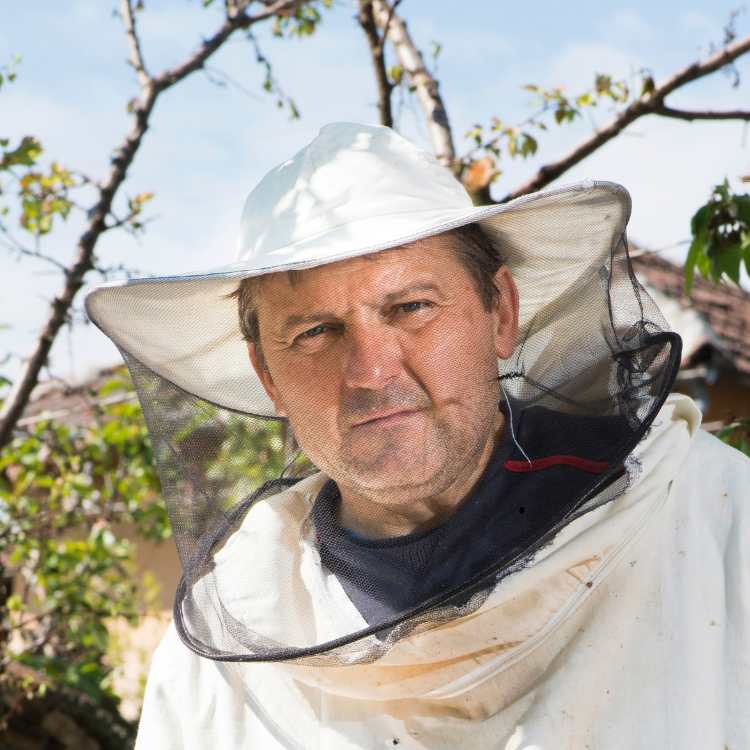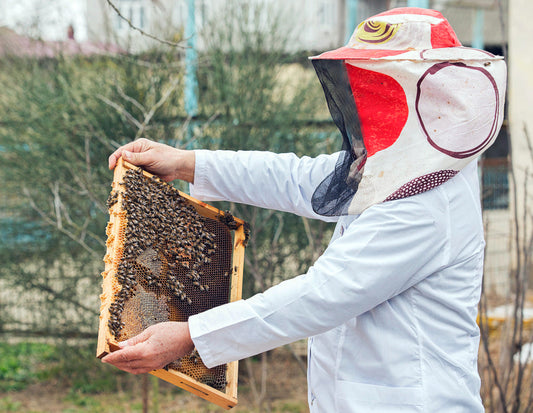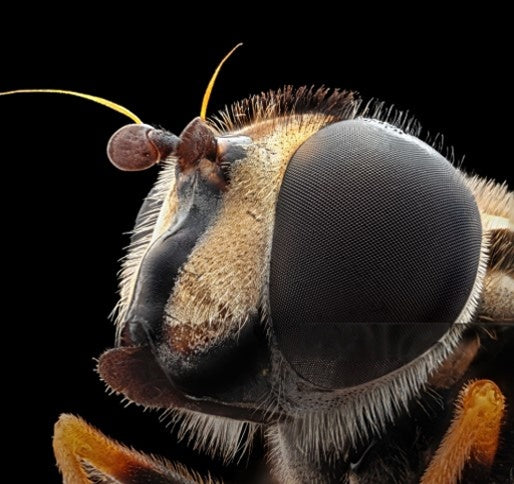If you ask anyone to picture a bee, they will usually think of a fat bumblebee bumbling over a sunflower or a honeybee working a lavender bloom. But bees come in an incredible variety.
Over 20,000 species populate the world and among them is one you will almost never notice unless you are specifically looking: Perdita minima. This is, by all accounts, the smallest bee in North America and likely one of the tiniest bees on Earth. Compared to these, honeybees can look like giants. Perdita minima measures just under 2 millimeters. That is smaller than a grain of rice, barely larger than a pinhead. So, if you have ever wondered what is the smallest bee, this is the species you are looking for. Here is a more closer look at the species.
A life in sand
You won’t find Perdita minima buzzing around in your backyard or raiding a local basil patch. This type of bee makes its home in the dry desert soils of the American Southwest. Look too hard and you might miss them entirely. In fact, most researchers tracking it down don’t even try to spot the bee itself. Instead, they look for its shadow skimming across the sunbaked sand. It is not easy to find what is the smallest bee when it is smaller than the holes in a standard insect net.
Perdita minima are solitary bee species and, unlike the honeybee, they don’t live in hives or operate within a colony. Each female builds and provisions her own nest, usually a tiny tunnel in the soil. The work is quiet and invisible. There is no swarm, no dance language, no guards at the entrance. Just one minuscule bee going about her business in the dust. A living proof of what is the smallest bee truly means in action.

Small bee, big load
Do not be fooled by the size. Perdita minima are super capable pollinators. They specialize in flowers of the spurge family (Euphorbiaceae), like the wild whitemargin sandmat (Chamaesyce albomarginata), common in desert landscapes. The flowers are small, but even so, the pollen grains seem oversized compared to the bee’s body. You would think that would be a problem.
It isn’t.The females carry massive loads of pollen (relative to their body weight) on their hairy hind legs. That’s one of the marvels of bees, regardless of size. They are built to collect and transport, and Perdita minima proves that you don’t need a big frame to do big work. If you are still asking what is the smallest bee, remember, it is the one hauling oversized pollen grains across sunbaked soil like a miniature freight train.

Wild whitemargin sandmat in the desert
A ghost in the field
Entomologists who study Perdita minima often joke that catching one is like trying to net a dust mote. Standard insect nets don’t even work. They fly straight through the nets. Photographing one is a feat in itself. There is a widely shared image of Perdita minima perched on the head of a female carpenter bee. The size contrast is so absurd, it looks fake. But the thing is, it’s not. That is the scale of things when you are looking at what is the smallest bee.
This high level of specialization makes these bees incredibly efficient at pollinating certain plants. But this also makes them highly vulnerable to habitat loss, invasive plant species, and changing climate patterns. A bulldozer, a golf course, or a suburban development in the wrong place can wipe them out before anyone even realizes they were there in the first place. That’s the danger of not knowing what is the smallest bee and what it needs to survive.

The size difference of perdita minima vs carpenter bee
Why size matters
Why should you care about what is the smallest bee in the world? What is the point of learning about a creature you need a magnifying glass to see? Because bees like Perdita minima remind us that scale is not everything. They are part of an ecosystem that runs on balance, not bulk. These little bees pollinate wild plants that, in turn, support insects, birds, and mammals. Their presence is a signal towards a healthy, functioning environment, and their absence a red flag.
When you know what is the smallest bee, you are seeing the fragile threads that hold desert pollination networks together. And beyond that, they are simply fascinating. In a world increasingly dominated by human-scale concerns; cities, cars, scenes. Perdita minima is a gentle reminder that entire lives and systems can exist below our line of sight, going unnoticed and unappreciated. Knowing what is the smallest bee opens up the eyes to everything else you might be missing.
A bee unlike any other
Most of you will go about your entire lives without ever seeing one in the wild. No beekeeper is raising them and no honey jars have their name on the label. But they do deserve a little bit of love and attention. They don’t sting. Don’t swarm. It does not even make a buzz you can hear. But it wakes up with the sun, flies from flower to flower and does its part. No less important than its larger cousins.
The world of bees is an incredible one to explore. Learn more about these fascinating creatures and their magical world with our complete blog here.





